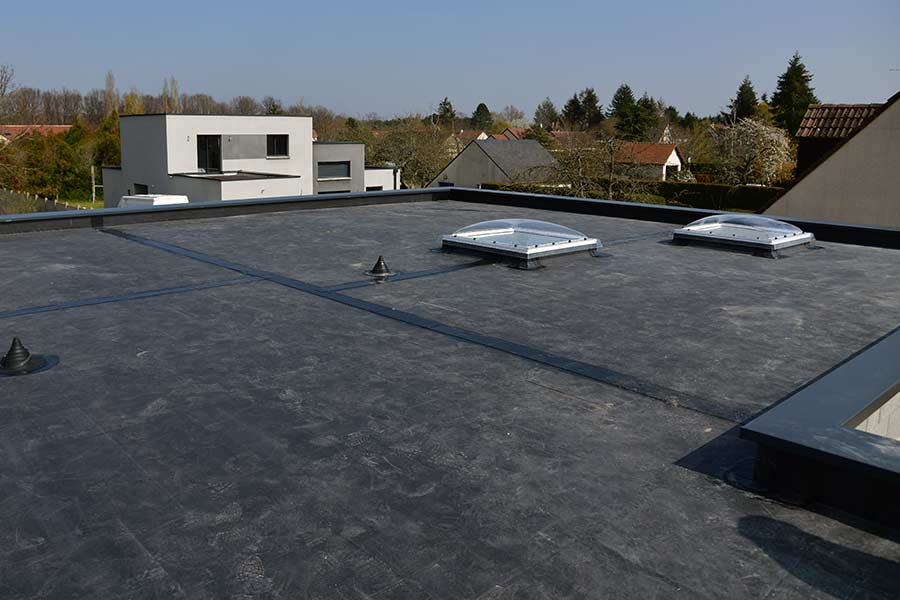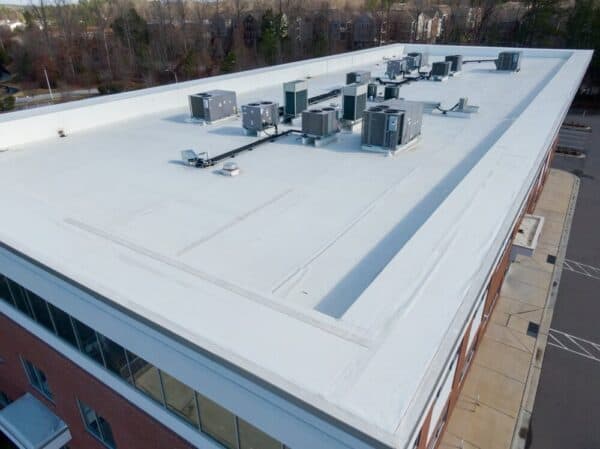Choosing the right commercial roof is a significant decision for any business owner. With various materials and systems available, it’s essential to understand the different types to make an informed choice that meets your specific needs.
Key Factors to Consider:
- Lifespan: How long will the roof last?
- Durability: Can it withstand local weather conditions?
- Energy Efficiency: Will it help lower utility bills?
- Cost: Does it fit within your budget?
Types of Commercial Roofing Systems
- Metal Roofing
- Durable and long-lasting (40-70+ years).
- Types: Standing seam, exposed fasteners.
- Materials: Corrugated steel, aluminum, copper.
- Benefits: High fire resistance, energy efficiency.

- Built-Up Roofing (BUR)
- Alternating layers of tar and gravel.
- Lifespan: 20+ years.
- Benefits: Inexpensive, easy to repair.

- Modified Bitumen Roofing
- Asphalt with added rubber or plastic.
- Benefits: Weather, UV, and puncture resistance.

- Ethylene Propylene Diene Monomer (EPDM) Roofing (Thermoset Membrane)
- Synthetic rubber membrane.
- Benefits: Sunlight and pollution resistance, waterproof.

- Polyvinyl chloride (PVC) Roofing
- Single-ply system.
- Benefits: Chemical, UV, and fire resistance.

- Thermoplastic polyolefin (TPO) Roofing
- Thermoplastic polyolefin single ply membrane
- Benefits: Energy efficent, resistant to weathering.

Identifying Commercial Roofs
- Visual Inspection: Observe the roof’s surface and materials.
- Roof Slope: Determine if it’s a low-slope or steep-slope roof.
- Material Characteristics: Look for specific features like seams, layers, or coatings.
Proper Maintenance and Risk Mitigation
- Regular inspections to identify potential issues.
- Prompt repairs to prevent leaks and damage.
- Roof coatings to extend lifespan.
- Proper drainage to avoid ponding.
Conclusion
Understanding the different types of commercial roofs can help you make an informed decision and protect your investment. By considering factors like lifespan, durability, and cost, you can choose a roofing system that meets your specific needs.
